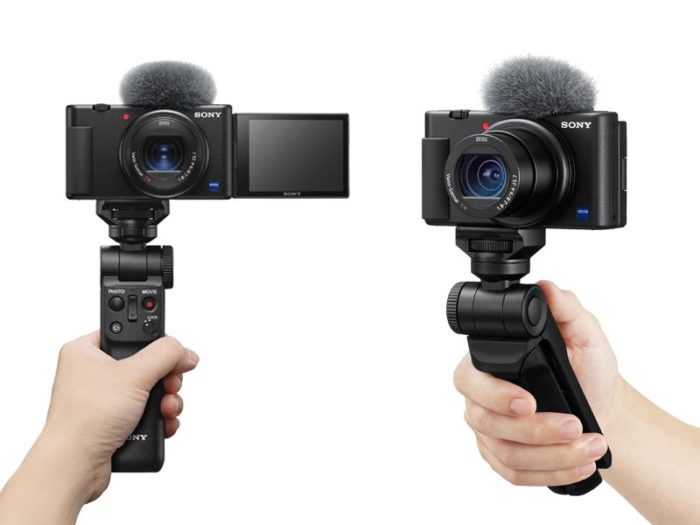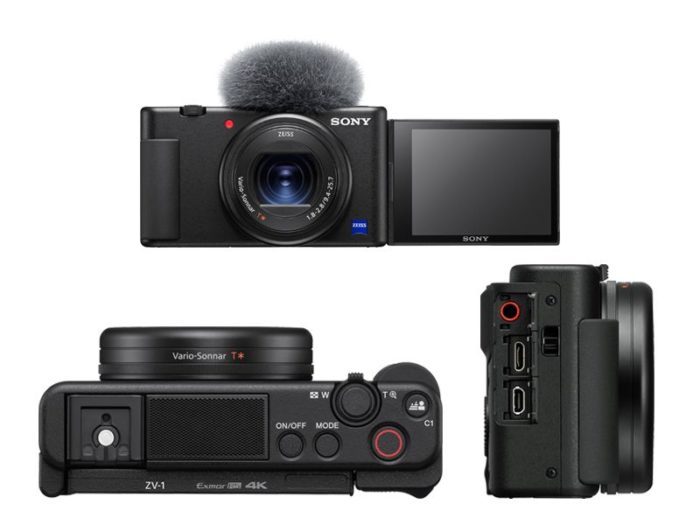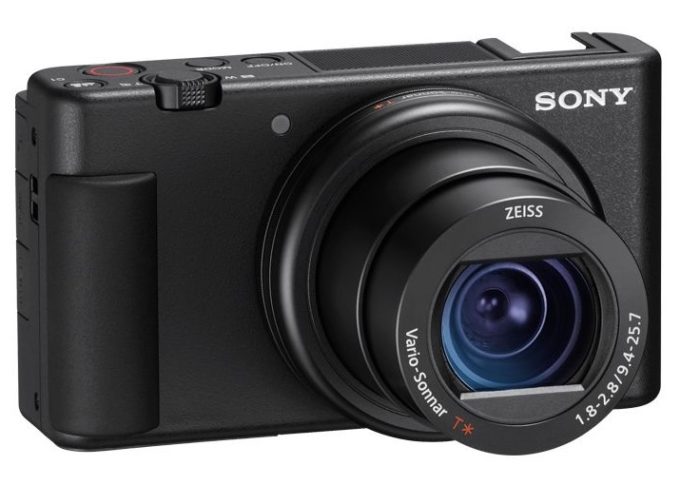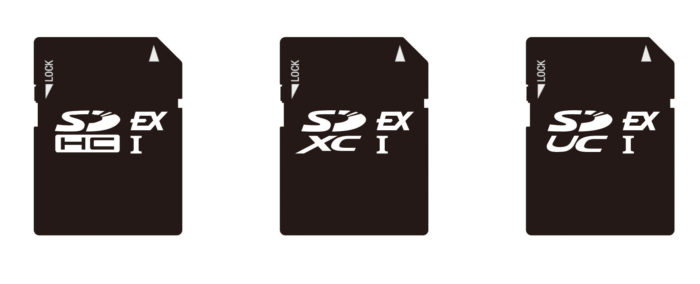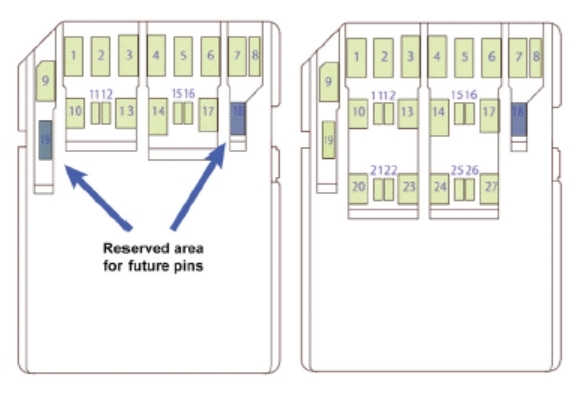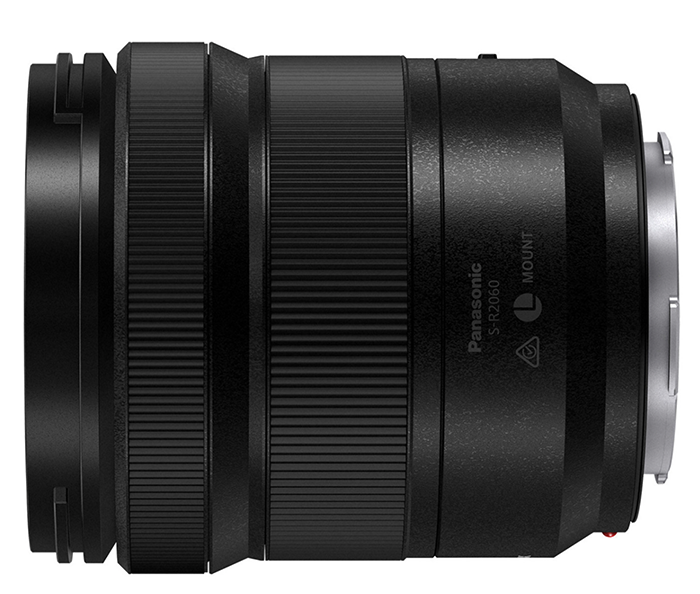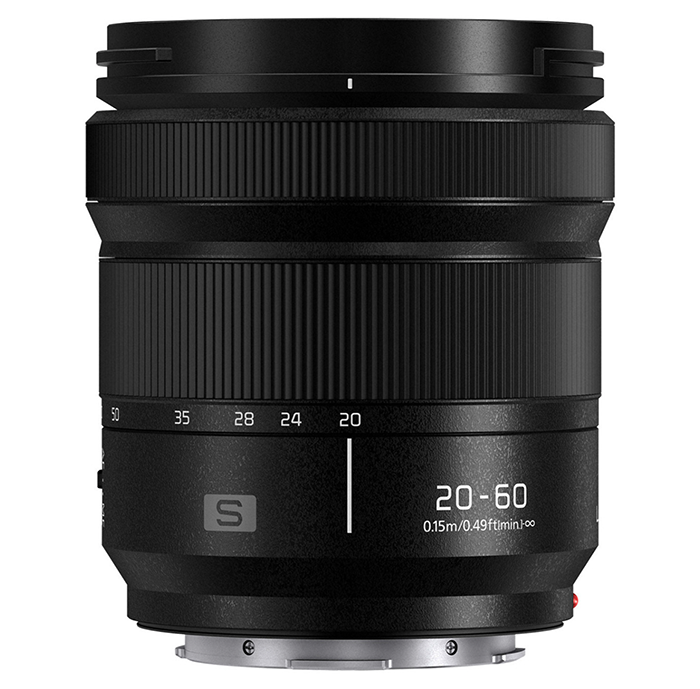Samyang announced two new lenses for Canon M, Sony E, Fuji X and MFT
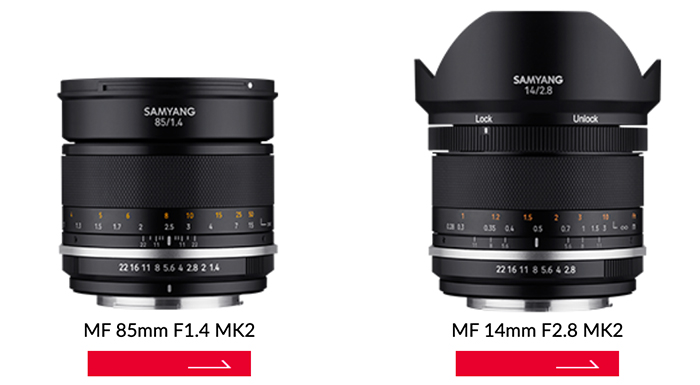
Samyang has just announced their second generation 85mm f/1.4 and 14mm f/2.8 manual focusing lenses. This updated lens has a declickable aperture ring which makes it more suitable for video shooters. and weather sealing.
You can read all details here:

